Detox Your Food and Body with Nontoxic Storage Options and Natural Remedies
- anniekais
- Feb 13
- 7 min read
Updated: Feb 13

While we aren’t interested in adding fuel to the “world is toxic” conversation that’s been making headlines lately, the truth is that living today requires more intentional choices in order to support well-being.
That's because despite the culture of convenience that's synonymous with American living, scientists are learning that our bodies are paying a price for single use, disposale food options. On top of the fact that over 1,000 controversial and sometimes carcinogenic items are allowed in American foods, it now looks like the containers are equal culprits, disregulating our internal systems.
Here's what's happening:
A recent study published in the Journal of Exposure Science & Environmental Epidemiology (and featured on NPR) found that over 3,500 chemicals in our bodies match materials found in everyday fast food packaging, coffee takeout containers, and snack wrappers.
In other words, our favorite french fry boxes, snack bags (yes, even the ones for Cheetos!) can leach chemical by-products into our food — chemicals that may trigger inflammation and, over time, contribute to obesity and chronic immune challenges.
Can you Belive it?
Plastic Takeout Containers and Utensils:Often made from black plastic, these items can contain industrial by-products that may also be found in items like TVs and printers.
Waxy Coatings on Produce:Many fruits and vegetables are coated with “natural” waxes and films to extend shelf life. Although considered safe by some, these coatings are yet another layer of chemicals coming into contact with your food.
Unexpected Flavor Changes:Ever notice a hint of a plasticky aftertaste on your apple slices? That’s a sign of chemical transfer from packaging to food.
Now what? Intuitive and straight-foward steps can be taken to limit this type of exposure of these [wo]man-made chemicals.
What You Can Do: Reduce Exposure at the Source
Start with the Food
Opt for Unpackaged, Organic Foods:
Whenever possible, choose fresh produce from farmers’ markets or local sources. Many “fresh” items in grocery stores may have spent months in packaging or under a waxy coating.
Wash Your Produce Naturally:
Rinse fruits and vegetables in a water and baking soda solution or soak them in a diluted vinegar solution. Use a food brush to scrub away added films, pesticide residues, and any unwanted contaminants.
Storage That Doesn't Chemical Bathe: Our Nontoxic Storage Picks
Once your food is as fresh as possible, it’s important to store it without reintroducing harmful chemicals. Here are our top non-toxic storage solutions:
U-Konserve Tupperware
These stainless steel containers are not only eco-friendly but are designed to maintain food quality.
Material: Stainless steel, eco-friendly
Key Features:
Leak-Proof Lids: Prevent spills and keep meals secure
Versatile Sizes: Options for everything from snacks to full meals
Eco-Conscious Design: A sustainable alternative to traditional plastics
PlanetBox: The Lunchbox That Gets It
Combining the practicality of bento boxes with the nostalgia of classic school lunch trays.
Built-In Compartments: Keep your food items separate so flavors don’t mix.
Dishwasher Safe: Designed for busy lives—no time for hand washing.
Durable and Stylish: Engineered to withstand everyday use, whether at work or on the go.
WCR's "Warrior Baby" Water Bottle
We’re excited to introduce one of our favorites: the "Warrior Baby" Water Bottle, available exclusively in the WCR Store.
For hydration and a design that built to last, the "Warrior Baby" Water Bottle is the perfect partner. If you're into the one gallon water challenge, take down four of these 36oz bottles to stay dewy.
Wide Mouth Design: Ideal for adding ice, fruit slices, or that emergency coffee refill.
Double-Walled Insulation: Keeps your drinks refreshingly cold or satisfying warm.
Exclusive Design: Avilable only on our website.
Detox Your Body: Natural Strategies for Internal Health
Now that your food is clean and packed, what about you?
While our systems are built to defend and detoxify naturally, supporting these processes with intentional practices can make a big difference.
The more your body can process the air, food, and emotions that go in, the better primed it is to work healthfully and happily.
Here are proven methods to help your body flush out toxins.
(Always consult with a healthcare professional before starting any new detox regimen.)
Body-Based Detox Methods
Regular or Infrared Sauna
Why It’s Helpful:
Saunas promote sweating, which aids in the removal of toxins and improves circulation. Near-infared saunas and the portable option (which I have) are growing in popularity for enhanced detox benefits. Bonus: they are great for skin complexion!
Detox Mechanism:
Perspiration allows your body to expel heavy metals and chemicals through the skin. Infrared saunas, in particular, penetrate deeper into tissues for enhanced detoxification.
Epsom Salt Baths
Why It’s Helpful:
A soothing Epsom salt bath not only relaxes muscles but may also help draw toxins out through the skin. Epsom salts are essentially pure Magnesium sulfate, a mission-critical mineral that supports overall relaxation and wellness. For an upgrade pick, go with Ancient Naturals Epsom Salts. And to power pack your bath, add a cup of baking soda.
Detox Mechanism:
The magnesium sulfate in Epsom salt can be absorbed transdermally (into the skin) to promote muscle relaxation, reduce inflammation, and improve circulation, which assists in toxin elimination.
Regular Exercise
Why It’s Helpful:
Physical activity boosts circulation, enhances lymphatic flow, and increases sweating — all crucial for detoxification.
Detox Mechanism:
Increased blood flow and lymphatic drainage help transport toxins to the liver and kidneys for processing and removal from the body.
Deep Breathing & Mindfulness Practices
Why They’re Helpful:
Managing stress through mindfulness not only calms the mind but also supports overall bodily functions, including detox. Heard of Box Breathing?
Detox Mechanism:
Deep breathing increases oxygenation and circulation, while reduced stress levels lower cortisol, allowing your body to focus on natural detox pathways.
Supplementation & Food-Based Strategies
Cilantro
Why It’s Helpful:
Cilantro is known for its potential to help remove heavy metals from the body. It also makes guacamole delish.
Detox Mechanism:
It works by chelating heavy metals, binding them so they can be excreted via urine or stool.
Celery Juice
Why It’s Helpful:
Heard of te Medical Medium? Noone loves this stuff more than him -- in fact, he's built whole books on its vast benefits for curing disease and unlocking health. Whatever you believe - its true: celery juice supports liver function, hydration, and overall cellular health.
Detox Mechanism:
Rich in antioxidants and phytonutrients, celery juice reduces inflammation and oxidative stress in the liver, enhancing the organ’s ability to process and eliminate toxins.
Why It’s Helpful:
Bentonite clay has been traditionally used to help bind toxins in the digestive tract. It's very potent and can be dehydrating, so make sure to chug some extra water before, during, and after consuming.
Detox Mechanism:
Its negatively charged ions attract and bind to positively charged toxins (like heavy metals), which are then eliminated from the body.
Why It’s Helpful:
Activated charcoal binds toxins in the digestive tract, preventing their absorption into the bloodstream.
Detox Mechanism:
Works via adsorption, where toxins adhere to the charcoal’s porous surface and are then excreted from the body.
Turmeric (Curcumin)
Why It’s Helpful:
Turmeric is prized for its anti-inflammatory and antioxidant properties that support liver health. Try it in a tasty, hi-po (albeit a bit processed) liqid form, easy supplement capsule or good 'ol "heal with food" fashion.(Tip: If you use the seasoning, be sure to add some pepper as well to make the active ingredient bioavailable)
Detox Mechanism:
Curcumin stimulates detoxification enzymes in the liver and reduces inflammation, aiding the liver’s natural ability to clear toxins.
Milk Thistle
Why It’s Helpful:
Milk thistle has a long history as a liver tonic, supporting regeneration and protection of liver cells. The tea is known to be bitter, so it might help to add some honey to your mix.
Detox Mechanism:
Its active component, silymarin, acts as an antioxidant and anti-inflammatory agent, helping repair liver tissue and boosting the liver’s detox capacity.
Food & Drink
Red Beet Detox Powder
Why It’s Helpful:
Red beet powder is rich in antioxidants and supports liver detoxification while improving circulation.
Detox Mechanism:
The natural nitrates convert to nitric oxide, which enhances blood flow and aids the liver in processing and eliminating toxins.
Green Tea or (very underrated, lesser known) White Tea
Lemon Water
Why It’s Helpful:
Jennifer Aniston claims to start her day this way, so why not! Warm lemon water is known to alkalize the blood, boosts vitamin C intake, supports digestion, and encourages hydration.
Detox Mechanism:
Acts as a natural diuretic, increasing urine production to help flush out toxins, while also stimulating bile production in the liver.
Probiotics & Fermented Foods
Why They’re Helpful:
A healthy gut is essential for effective detoxification; strong probiotics like Visibiome support a balanced microbiome, aiding digestion and nutrient absorption.You can get this natrually with a host of pickled foods, but watch out -- many on the shelves have added corn and high-fructose corn syrups.
Detox Mechanism:
Beneficial bacteria in these foods break down toxins and help maintain a strong intestinal barrier, preventing harmful substances from entering the bloodstream.
Hope that's plenty of "food" for thought.
Despite the challenges posed by modern packaging and food additives, you can take proactive steps to protect your health. By choosing fresher, organic foods, selecting nontoxic storage options, and supporting your body’s natural detox processes, you can help ensure that your food stays as close to its original, wholesome state as possible.
Remember: your body is remarkable at defending and detoxifying itself. With intentional choices and a few lifestyle tweaks, you can enjoy your food the way nature intended — fresh, tasty, and fun.
Have tips or experiences to share? Drop a comment below and let’s continue the conversation on how you keep things fresh.







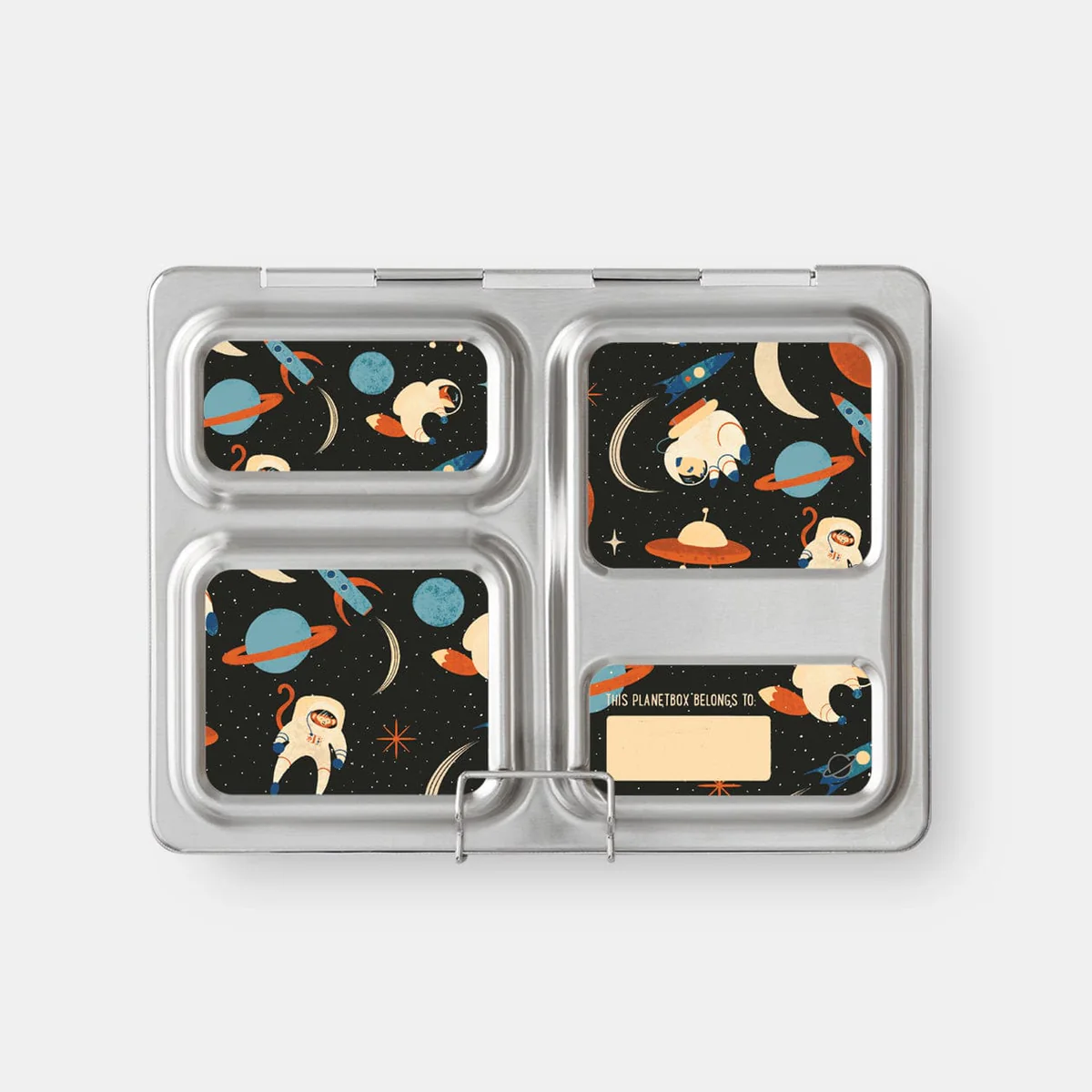

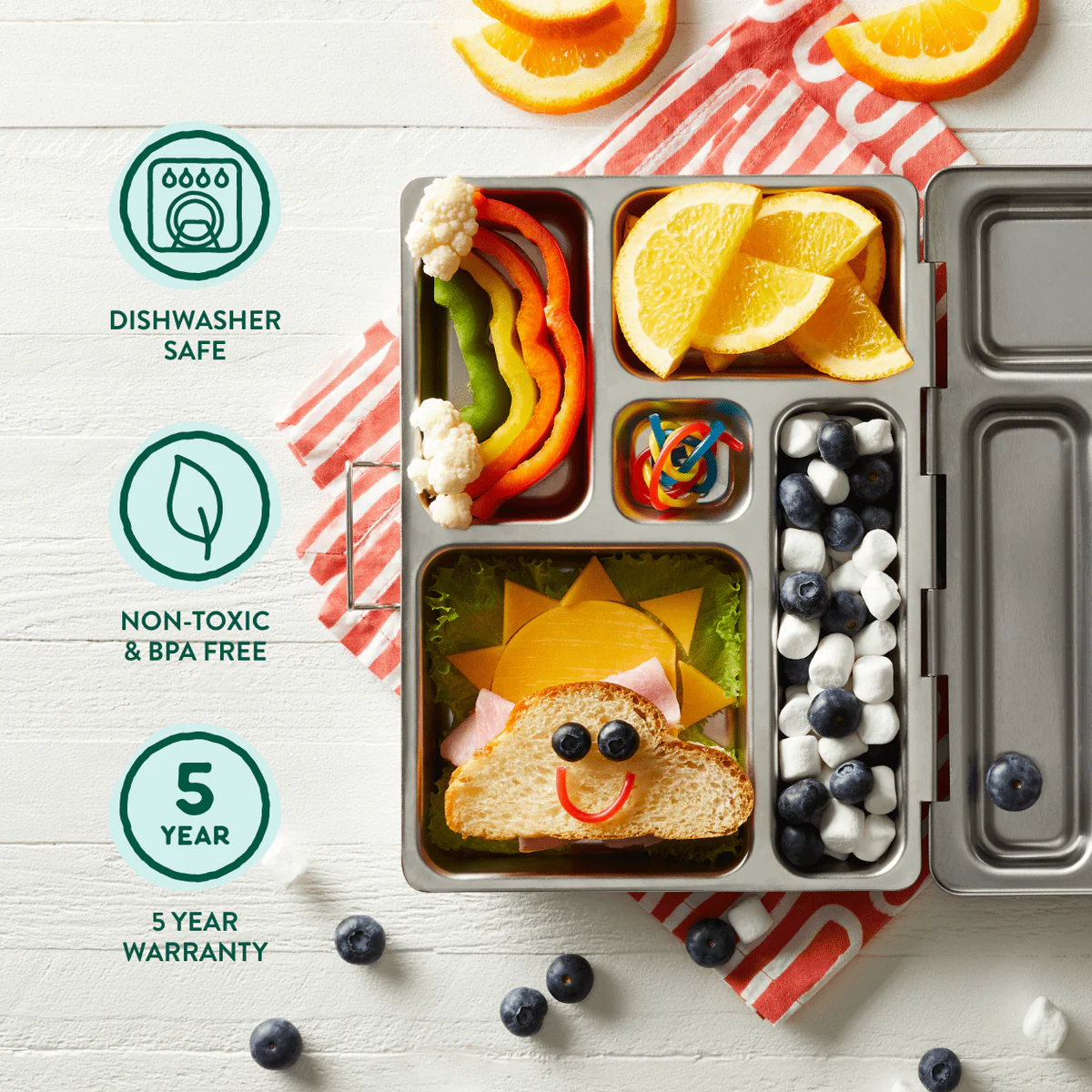
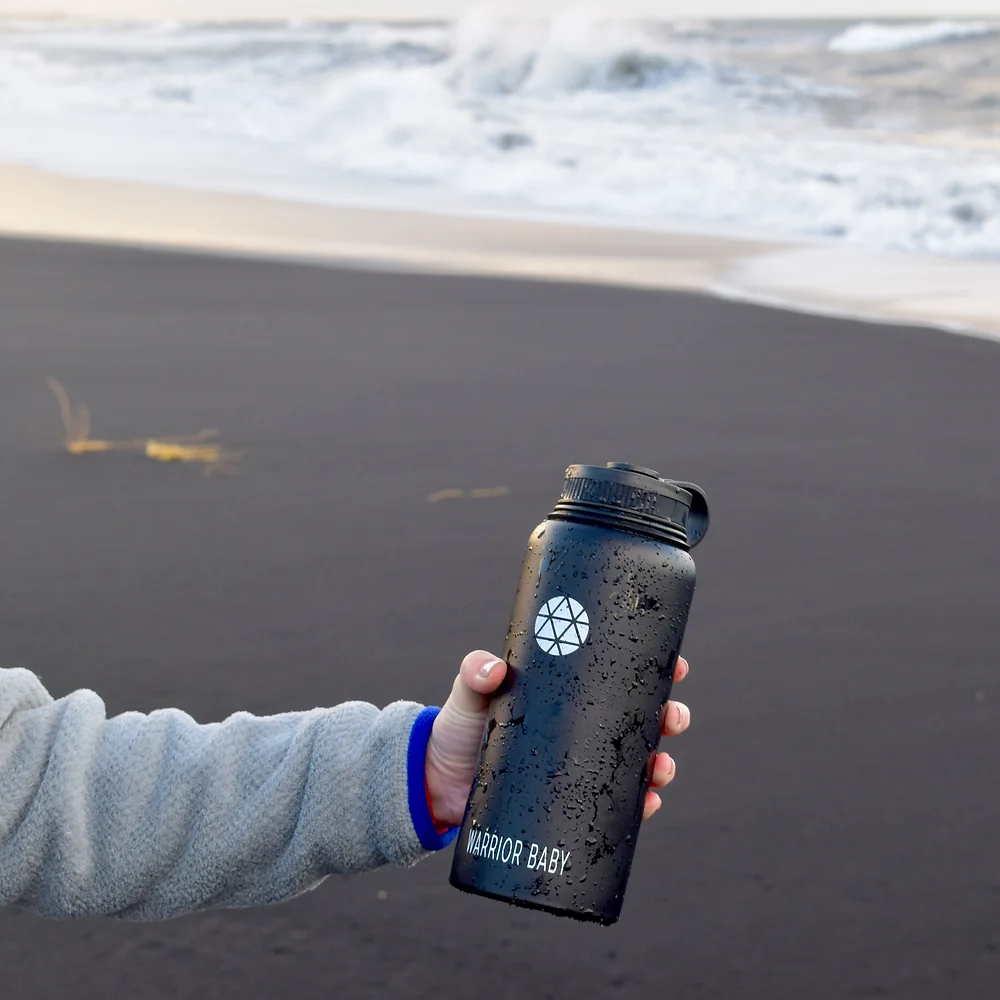
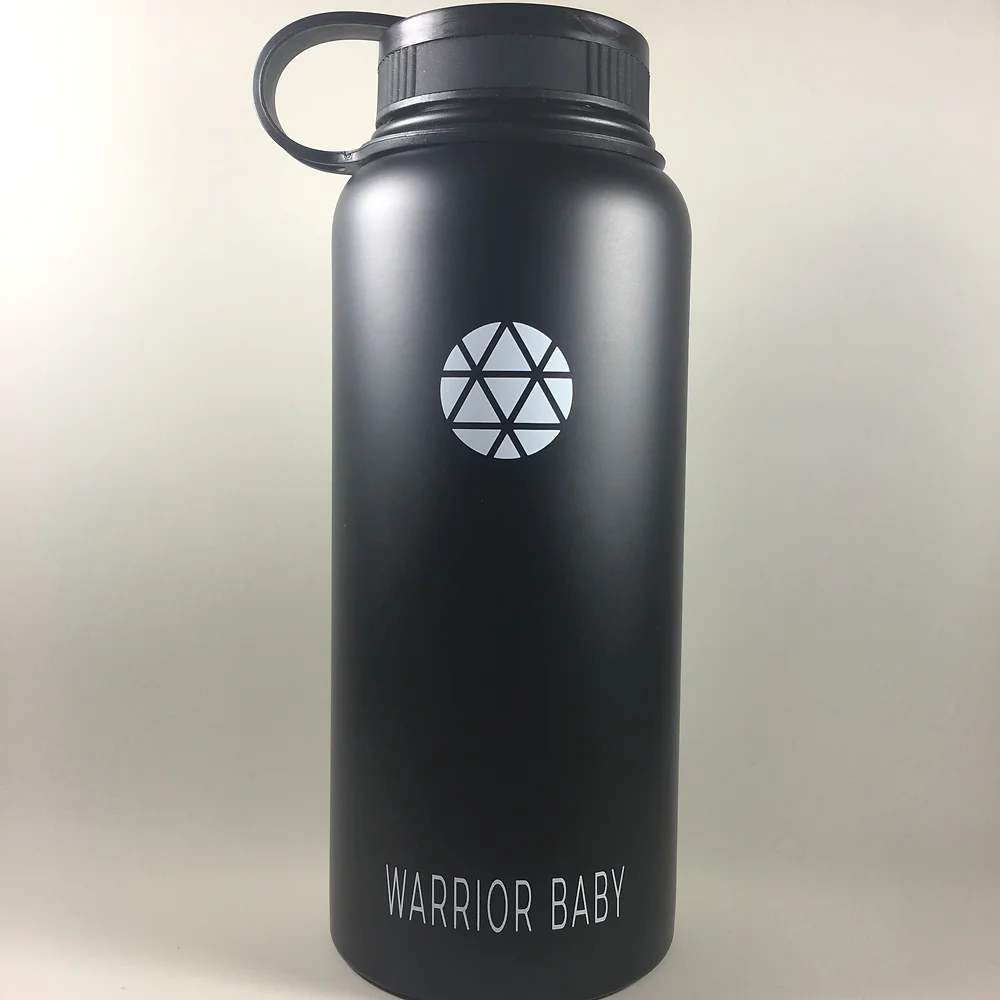



































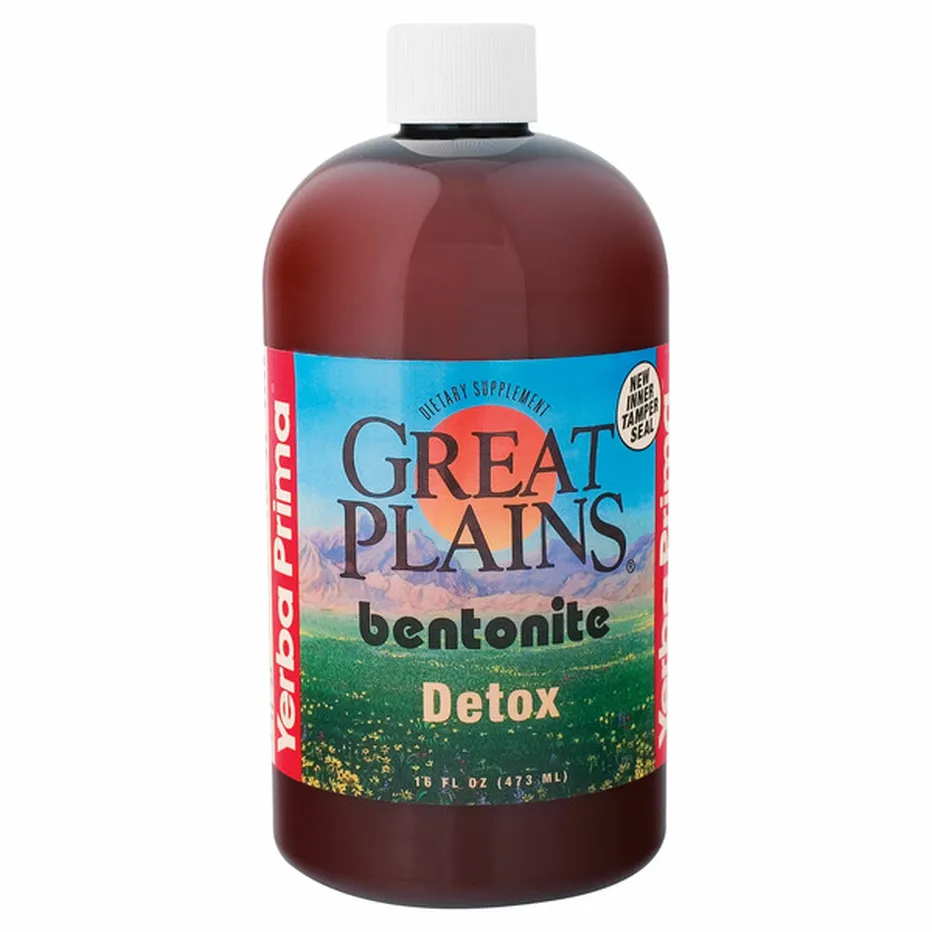






































Comments